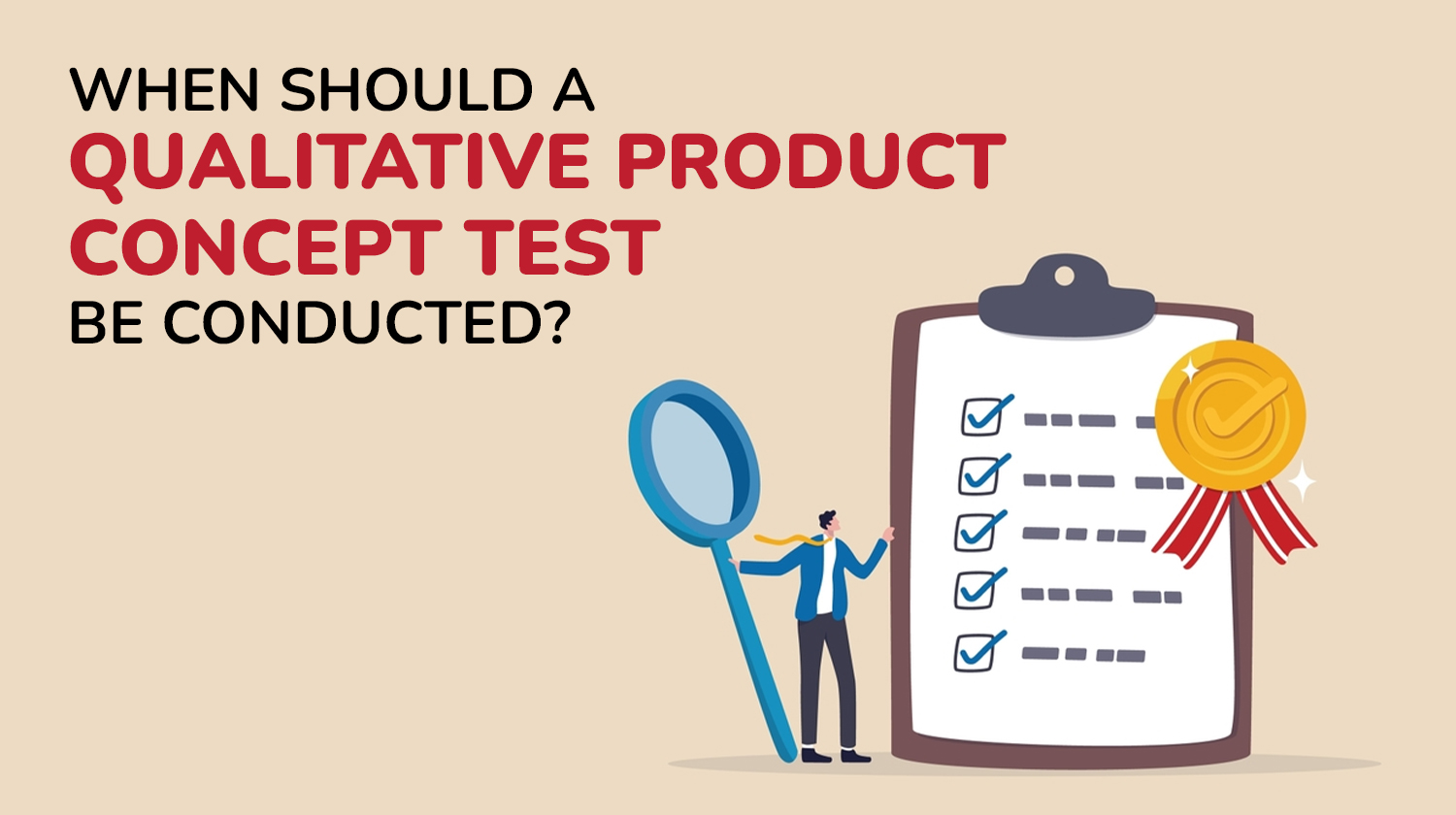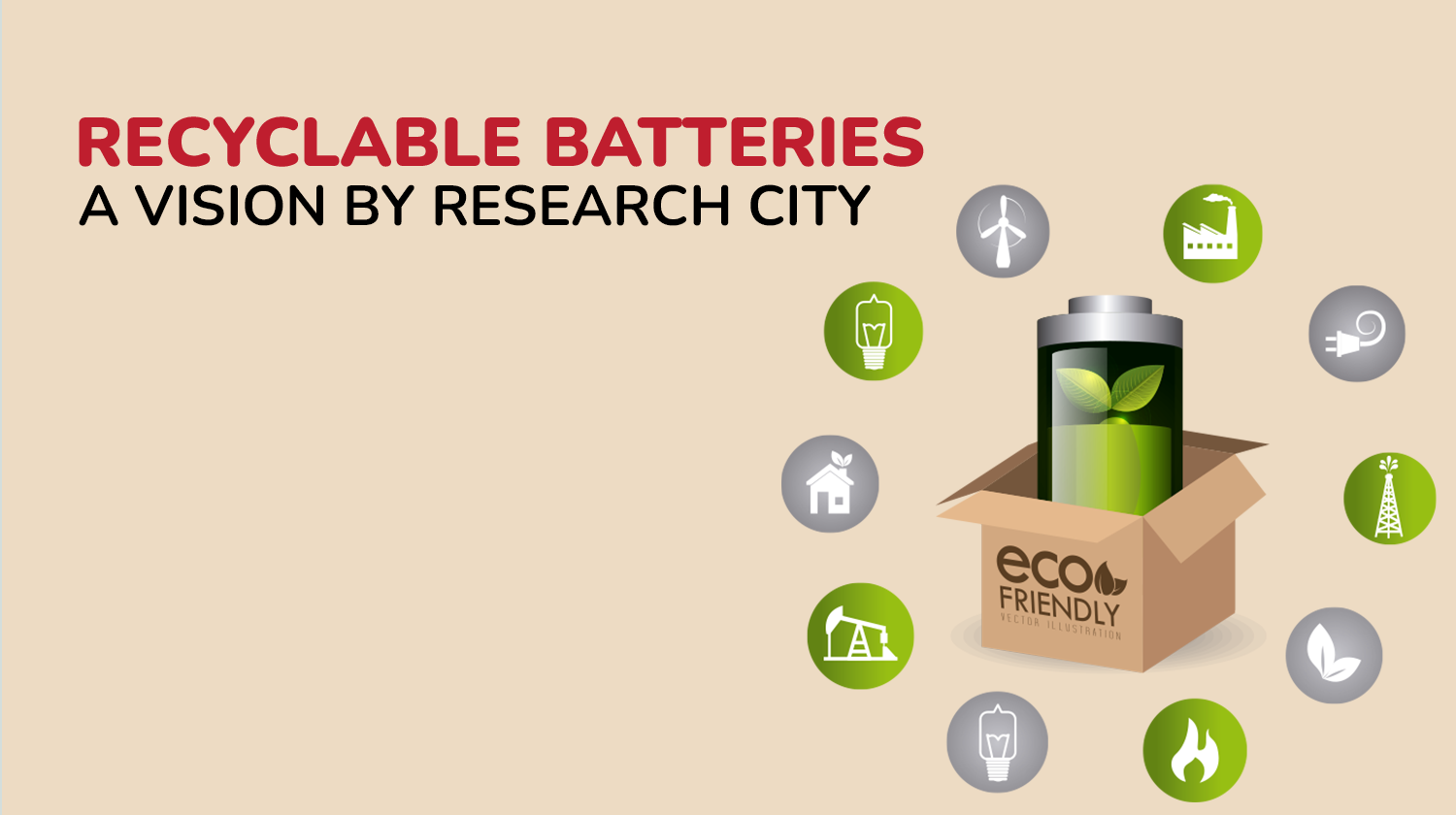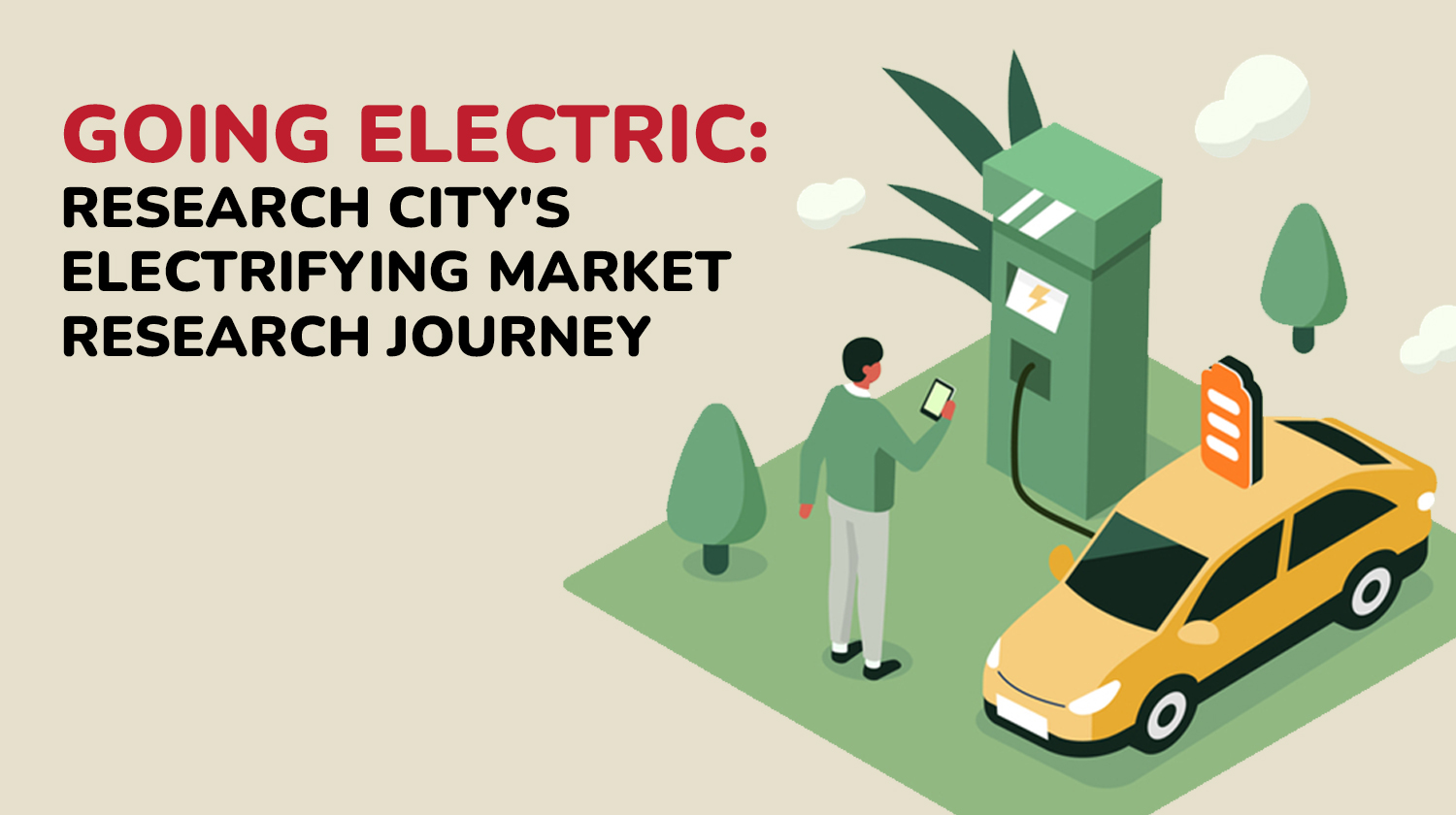
Product concept testing is an excellent approach to reducing company risk. Rather than launching items and hoping customers like them, idea tests allow you to gauge customer appeal early. It’s a tried-and-true market research strategy for increasing the likelihood that products really engage customers. It also helps you avoid being one of the 95% of new product launches that fail each year.
There are numerous approaches to carrying out this work. Let’s look precisely at qualitative product concept tests to discover what they’re all about and when to employ them.
How to Conduct a Qualitative Product Concept Test
First, evaluate what a qualitative product concept test consists of. Once you’ve figured out what this looks like, you’ll be able to tell when it’s the correct research technique.
1. Start with a product strategy.
You’ll need a description of the product you wish to test first. This might be as short as 2–3 phrases or as long as a detailed description with features and benefits. Don’t skimp on time spent on this step! You’ll want to create concepts that are simple to grasp on their own. When you do this, you ensure that people can successfully evaluate if the product is right for them.
2. Present the Concept Using Qualitative Methods.
When your notion is finished, it’s time to share it! When it comes to qualitative testing, you usually have two possibilities. One-on-one interviews can be used to spread the notion. You can also share it with a group of people in a focus group environment.
The procedure is the same anyhow of which option you choose. You should read the notion aloud to everyone. Simultaneously, make it available for them to read. Feel free to read it twice or to allow people to re-read the concept. You want them to understand the product concept completely.
3. Ask For Feedback
Once the concept has been identified, it is time to get feedback. At this point, you can ask a wide range of questions. We do, however, always ask some form of one of the following questions:
What are your first thoughts, perceptions, or ideas?
What appeals to you about this product concept?
What do you dislike about this product concept?
Does this make sense for you, your family, or your business? Why or why not?
Is this meeting a present need or alleviating a pain point? If so, what is it?
Would this replace anything you’re currently using? If so, what is it?
4. Examine Feedback for trends.
It’s now time to look at the feedback trends from your study participants.
Of course, you want to know if participants agree with or disagree with a given topic. The true usefulness of doing a qualitative idea test, however, comes from finding inner drivers or larger contextual elements that influence product attractiveness. When you get to this stage, you have all of the crucial inputs you need to not just understand why something resonates but also how to build future items that will likewise be appealing.
It’s true that we rely on tiny sample sizes. Nonetheless, tendencies can be identified in only one focus group or after interacting with 4-5 people one-on-one. You should aim to get input from at least 8 to 10 people.
When Should Qualitative Product Concept Tests Be Used?
Concept testing might take one of two forms: quantitative surveys, qualitative interviews, or focus groups. If the following conditions are met, a qualitative product idea test is the best option:
Taking on a New Market: You’ll need to test the waters first if you don’t know what you don’t know. Qualitative techniques enable you to comprehend new clients or marketplaces, as well as their motivations for loving or hating various sorts of things.
Nuanced Feedback Is Required: Qualitative research is excellent for obtaining tiny details and subtlety. If you require hyper-detailed feedback rather than larger insights, consider going qualitative.
Accepting Uncertainty: In comparison to quantitative research, qualitative research uses smaller sample sizes.
While you gain deeper insights, fewer responses indicate reduced confidence that the input is representative of all clients.
Remember that you may always begin with qualitative methodologies and later go to survey-based idea tests. You’ll get the best of both worlds! You begin by gathering thorough qualitative input on larger client demands and the market landscape. Then, with a larger sample size, do survey research to increase idea appeal and assurance.
If the qualitative technique is suited for you, consider your overall organizational characteristics, learning objectives, and market position.








